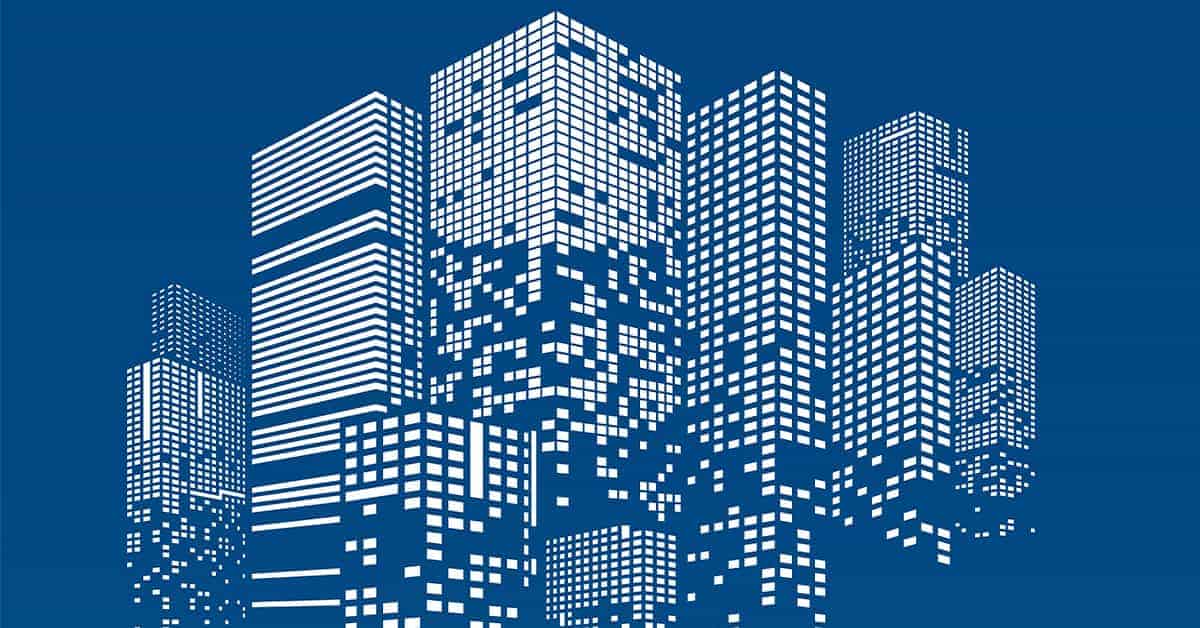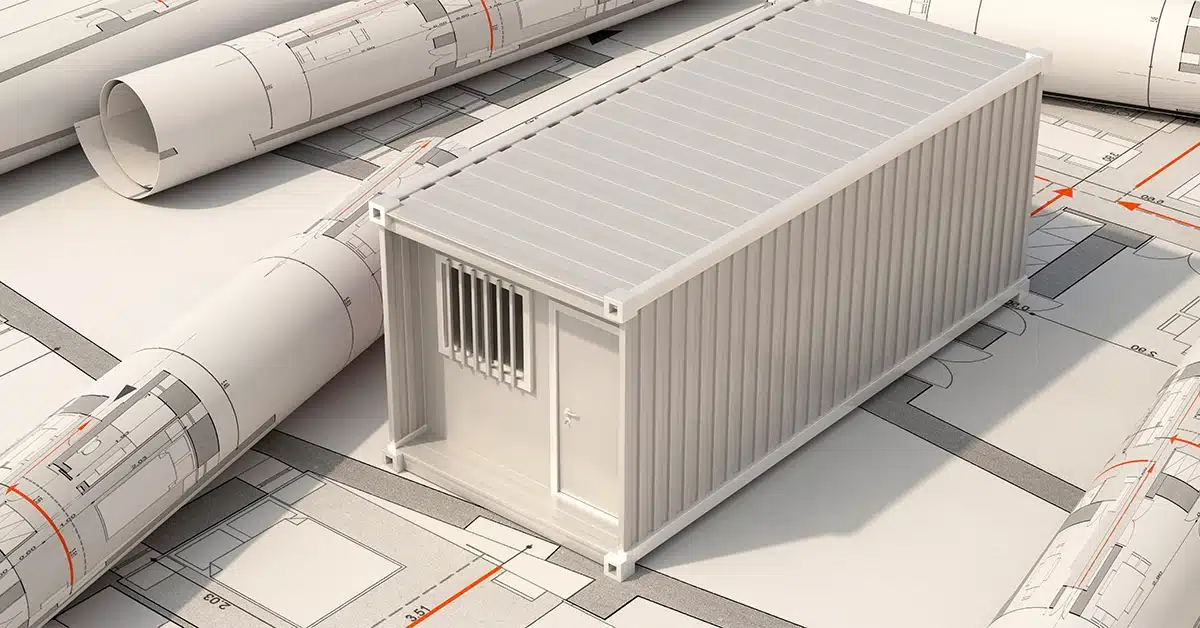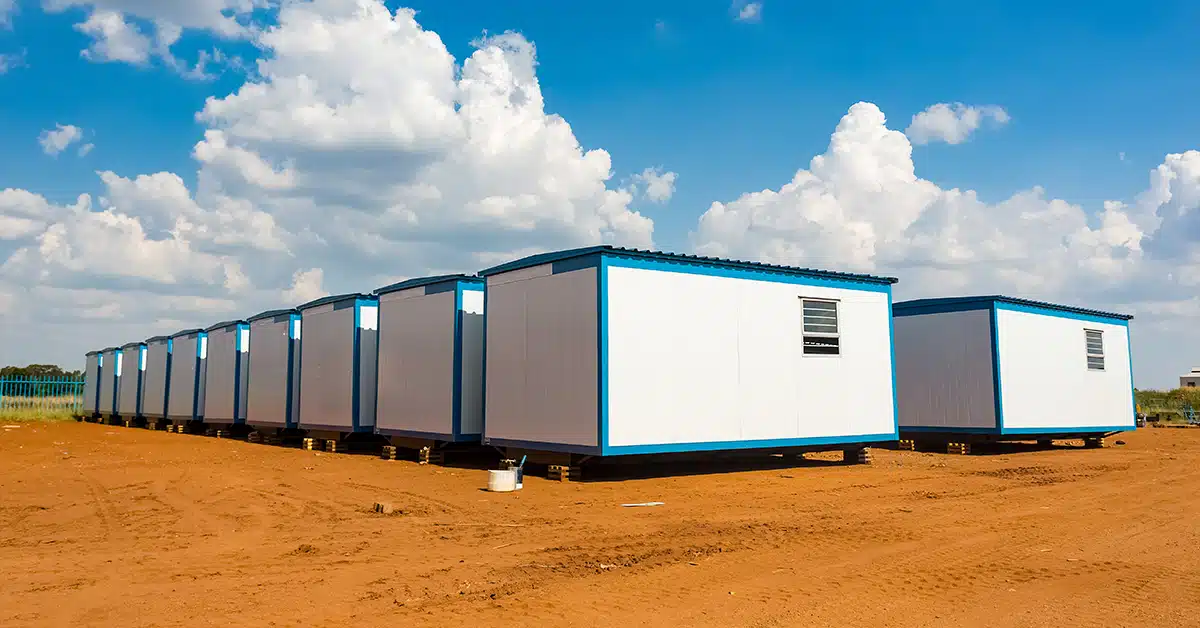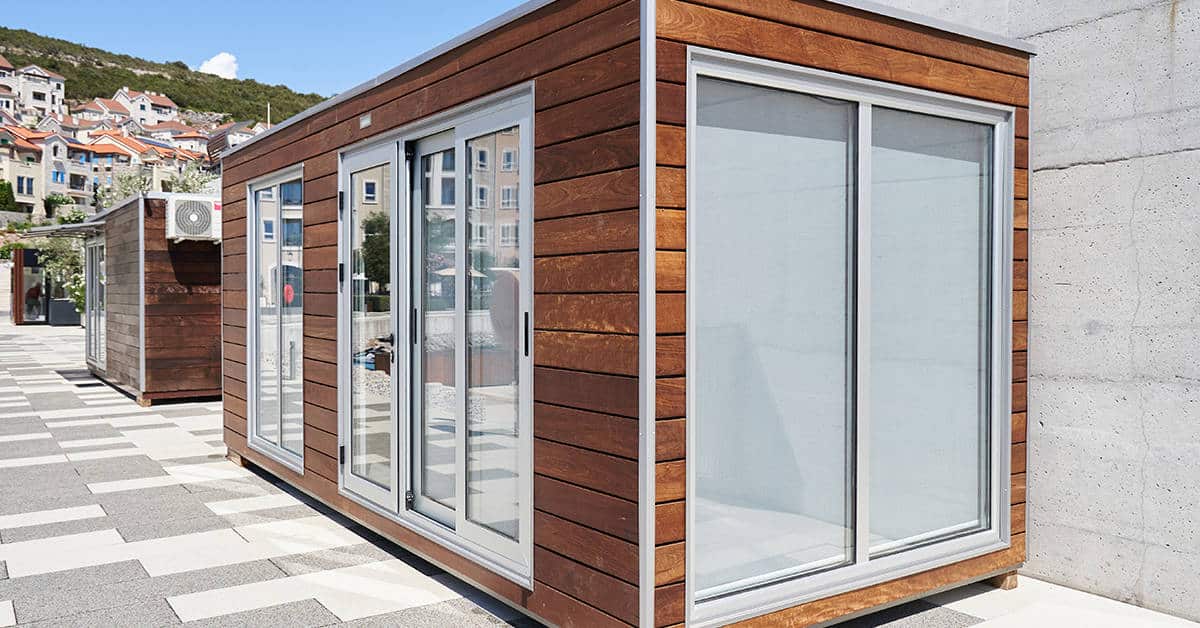Over the years, buildings have evolved from simple shelters and rudimentary shacks to mammoth structures with a raft of modern features. Consider that the elevator, today a standard element in taller buildings, was a revolutionary concept back in the 1850s. By the 1890s, the early escalator had been born.
While it may sometimes seem that there is no space left for innovation, more and more buildings in today’s modern world are using various smart features. Smart buildings are rapidly gaining popularity and are seen as essential now by many companies.

What is a smart building?
In basic terms, a smart building is any structure where building operations are monitored and controlled by automated methods.
Smart buildings use a range of technology, including sensors, meters, microchips, artificial intelligence, actuators, and augmented reality, in conjunction with the Internet of Things. Various mechanics and robotics can control key operations in a building, including:
- Heating and cooling systems
- Lighting
- Ventilation
- Security
Essentially, resources can be used more efficiently and economically, while maintaining (or even enhancing) the comfort and safety of people inside the building.

Benefits of smart technology in buildings
While there’s no single definition of a smart building, and there can be many different features providing diverse data and controlling various systems automatically, all smart buildings can provide many benefits.
These can include:
Saving Money
Smart buildings help to save money in various ways, including reduced energy bills, better maintenance procedures, increased productivity and creation of a healthier environment that can lead to people taking fewer days off sick. Indeed, research suggests that incorporating a few smart features can save up to 15%, whereas a fully integrated smart building can reduce its overall operating costs by up to 50%.
Lowering Energy Consumption
Smart systems make a building overall more efficient. The more efficient a building is, the lower the energy consumption will be. This equates to cost savings, which can be significant, and also has a positive environmental impact.
Increasing Lifetime of Equipment
Equipment that automatically turns off when not in use, for example lights, computers and HVAC systems, has a longer lifetime than that which is left on needlessly. This can help towards lowering operational costs over a longer period of time and save on maintenance time and costs.
Obtaining Useful Data
Smart buildings can collect data in a seamless, centralized manner. Genuine, quantifiable real-time data can be used to allocate resources more effectively and streamline business processes. For example, smart systems can report on energy and water consumption, which in turn can show where cutbacks can be made, and how space is used throughout the day, potentially showing how better to manage areas in the building.
Providing a Better Work Environment
No matter the type of business, smart buildings invariably improve working conditions and make the environment more pleasant for members of staff. Work spaces can be kept at comfortable temperatures, ventilation and air-flow can be improved and sanitation can be enhanced. Smart buildings are also often more aesthetically pleasing than their non-smart counterparts.
Predicting Maintenance and Repair Issues
Smart buildings can predict when maintenance tasks are necessary and/or indicate when repairs are needed. This can prevent downtime and save money. Unchecked maintenance issues can lead to breakdowns, which cost time and money, whereas smart technology allows building managers to arrange routine tasks at a convenient time for minimal disruption. Notification of repairs can avoid small issues potentially becoming bigger problems if left untreated. In short, preventative maintenance, powered by insights gleaned from smart technology, becomes a major component of a building’s upkeep.
Enhancing Productivity
Through things like preemptive maintenance, optimal building use, monitoring of supplies and similar, smart buildings can lead to an increase in productivity levels. Furthermore, smart buildings often give rise to the use of smart equipment, which can make tasks easier and thus increase worker efficiency. Smart systems need no time-consuming or complicated training.
Meeting Environmental Codes
Buildings have to meet minimum compliance standards regarding environmental friendliness. Smart buildings, with efficient use of energy, drastically reduced waste and optimized use of space, make it easier for a building to be more sustainable and eco-friendlier. Furthermore, smart-building technology enables business owners to accurately monitor things like emissions and carbon footprint in order to see potential areas for improvement and ultimately implement positive changes.
Providing New Working Opportunities
Changes to working routines and styles are better managed with the use of smart systems. Remote working, for example, becomes easier.
Increasing Property Value
As well as smart residential buildings, commercial properties that have smart systems can increase in value.

EXAMPLE USES OF SMART SYSTEMS
In a smart building, essential systems are connected in real-time. Systems can communicate in order to establish automation.
Integration between systems enables greater efficiency; for example, an unoccupied office doesn’t need to have heating or air-conditioning systems operating. Desk sensors, for example, can notify the smart system if the room is in use, and hence whether or not it needs thermal control measures, lighting, and so on.
Artificial intelligence can monitor water usage, for example, and send an alert if it detects an abnormality. This could indicate a leak somewhere in the pipelines that can be easily remedied before becoming a bigger problem. Smart systems can enable more efficient maintenance and repairs.
Sensors that record occupancy can inform strategies related to use of space. It may that a company doesn’t need as much space as it has, or that certain areas could be put to better use.
Concerning power supplies, smart buildings may put electrical loads into different groups depending on how essential they are. If the building load approaches its higher limit, non-essential supplies may be shut off, preserving supply for vital equipment.
Large, refrigerated rooms in a warehouse, for example, can use data about the weather conditions and local temperature, along with information about the number of people in the building (and thus generating extra heat) to determine the exact temperature for prime operation.
[/et_pb_text]





